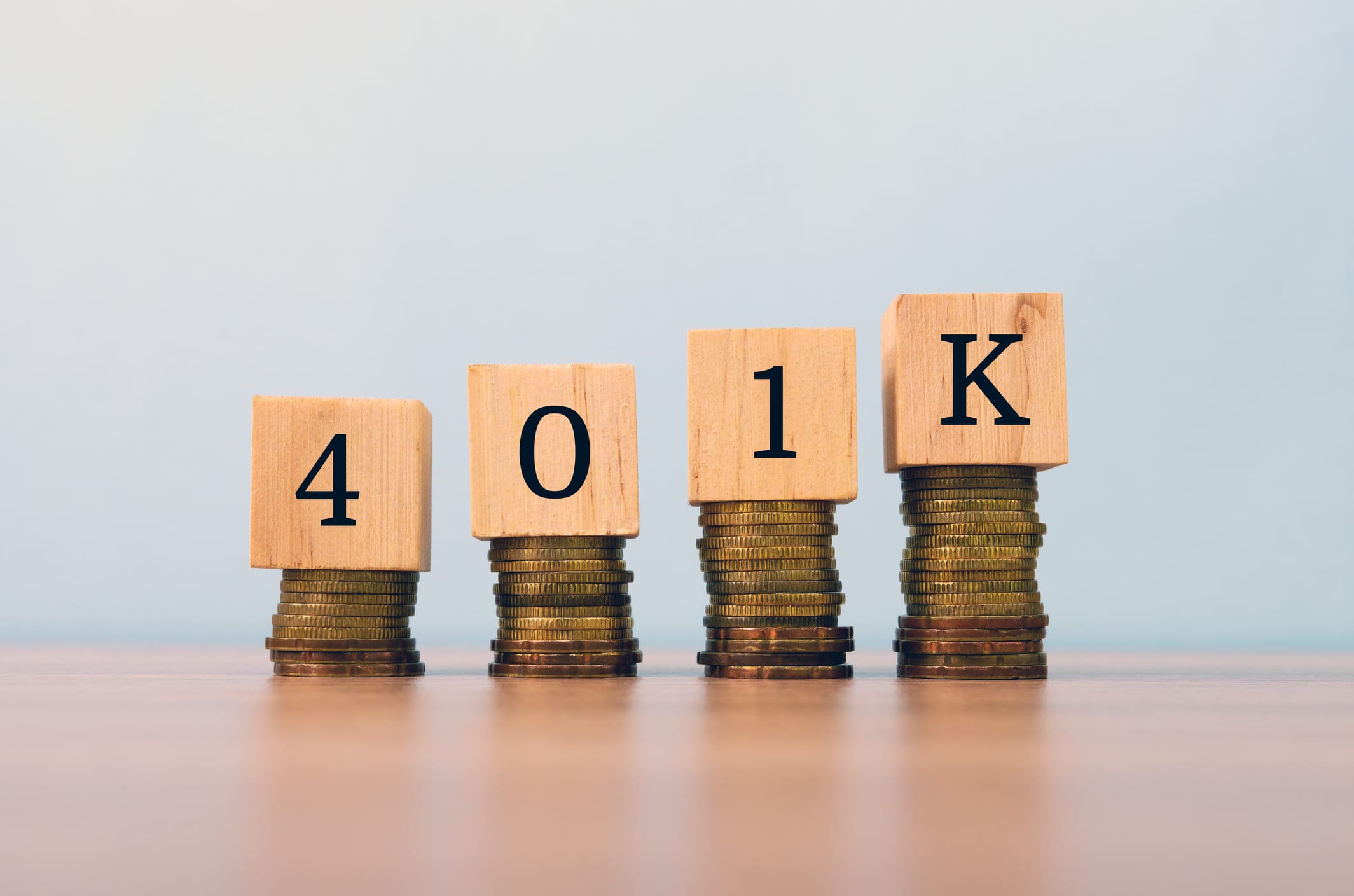Start Planning for Your Future Today
If you’re thinking about your long-term financial future, a 401(k) retirement plan is one of the most powerful tools available. Offered by many employers, a 401(k) allows you to save and invest for retirement while enjoying valuable tax benefits.
In this guide, we’ll break down everything you need to know about 401(k) plans, how they work, and why they’re essential for building wealth.
What Is a 401(k) Plan?
A 401(k) is a tax-advantaged retirement savings plan offered by employers to help employees save for the future. Named after a section of the U.S. tax code, it allows workers to contribute a portion of their paycheck to an investment account.
You can choose how much to contribute, and the funds are typically invested in mutual funds, stocks, bonds, or ETFs.
How Does a 401(k) Work?
Here’s how the basic process works:
- You contribute a portion of your salary (pre-tax or after-tax, depending on the type of 401(k)).
- Your employer may match a percentage of your contributions (e.g., 50% of the first 6% you contribute).
- The money is invested, and any earnings grow tax-deferred or tax-free.
- You withdraw funds in retirement (typically after age 59½), when you’re likely in a lower tax bracket.
Types of 401(k) Plans
🔹 Traditional 401(k)
- Pre-tax contributions
- Taxes are paid upon withdrawal
- Lowers your taxable income now
🔹 Roth 401(k)
- After-tax contributions
- Withdrawals in retirement are tax-free
- Best if you expect to be in a higher tax bracket later
Some employers offer both options, letting you split your contributions.
401(k) Contribution Limits (2025)
- Employee Contribution Limit: $23,000
- Catch-Up Contribution (Age 50+): Additional $7,500
- Total Contribution Limit (including employer match): $69,000
Tip: Maxing out your 401(k) contributions can significantly boost your retirement savings thanks to compound growth and tax benefits.
Employer Matching: Free Money for Retirement
Many companies offer a matching contribution or a percentage of your contributions up to a certain limit. This is essentially free money added to your retirement fund.
Example: If you earn $60,000/year and your employer matches 50% of the first 6% of your contributions:
- You contribute: $3,600 (6% of salary)
- Employer adds: $1,800
- Total: $5,400 annually toward retirement
Always contribute enough to get the full match. Don’t leave money on the table!
Investment Options
Most plans offer a variety of funds, such as:
- Target-date funds (automatically adjust as you age)
- Index funds (low-fee, broad market exposure)
- Stock/bond mutual funds
- Stable value funds
Your investment strategy should align with your risk tolerance, age, and retirement timeline.
Withdrawal Rules
You can start making penalty-free withdrawals at age 59½. If you withdraw earlier, you’ll likely face:
- A 10% early withdrawal penalty
- Regular income tax on the amount withdrawn
Exceptions exist for specific hardships, but it’s best to leave your money untouched until retirement.
Required Minimum Distributions (RMDs)
At age 73, you must begin taking RMDs from your Traditional 401(k), even if you don’t need the money. Roth 401(k)s are also subject to RMDs (unless rolled into a Roth IRA).
What Happens If You Leave Your Job?
You have several options for your 401(k):
- Leave it in your former employer’s plan (if allowed)
- Roll it over into a new employer’s 401(k)
- Roll it into an IRA for more control and investment options
- Cash out (not recommended due to taxes and penalties)
Rolling over to an IRA is a popular choice for retirees or job changers.
Pros and Cons of a 401(k)
✅ Pros:
- Tax advantages (now or later)
- Employer matching
- Automatic payroll deductions
- High contribution limits
- Compound growth potential
❌ Cons:
- Limited investment choices (sometimes)
- Early withdrawal penalties
- Potential fees
- Required withdrawals (RMDs)
Final Thoughts: Is a 401(k) Right for You?
A 401(k) is one of the most effective ways to save for retirement. With its tax benefits, employer match, and long-term growth potential, it’s a foundational part of a smart retirement plan.
Whether you’re just starting your first job or planning for financial independence, contributing to a 401(k) can help secure your future—and the earlier you start, the better.







